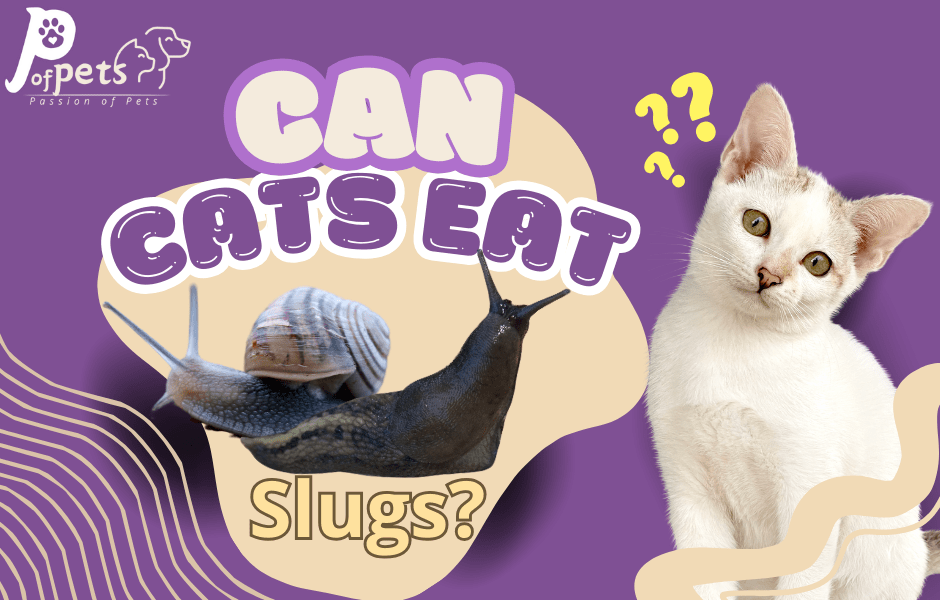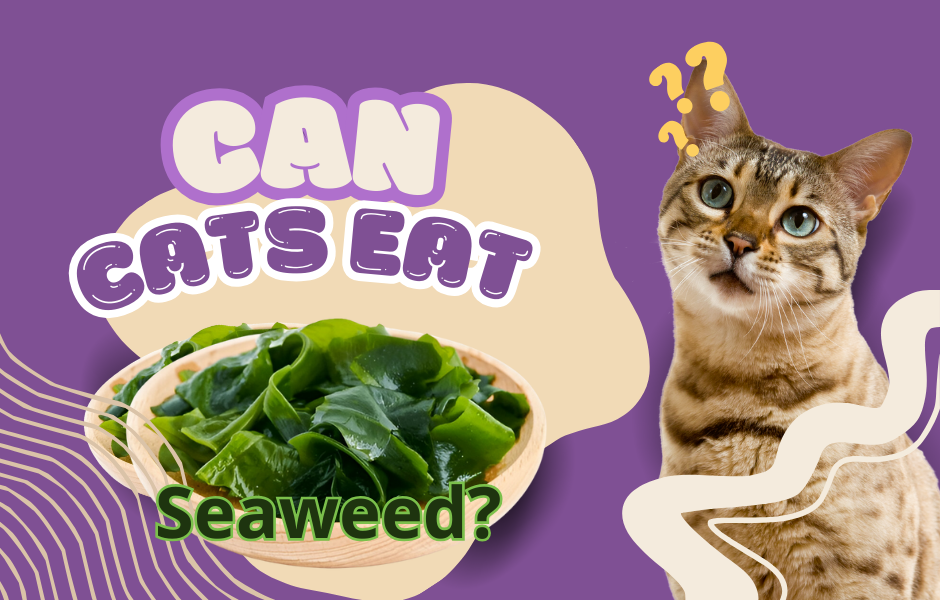Can Cats Eat Slugs?
Table of Contents
ToggleA Curious Cat’s Encounter with Slugs
Since cats are naturally curious, they like to explore everything with their paws, mouths, and/or noses.
Whether they are lurking in the garden or investigating parts of the house, a cat trying a tentative bite of whatever they find appealing is a pretty common phenomenon. The common slug is especially bewildering and possibly dangerous object that some cats might want to explore.
Cats are obligate carnivores, but their curious nature gets them into trouble because they sometimes explore (and eat) things that are not food (even slugs, the pests). The question is, is it safe for cats to eat slugs?
In this post, we will discuss the danger of cats eating slugs, how to spot signs of illness and how to help your cat to avoid these slimy predators.
Cat Eating Slugs: the Risky Dangers
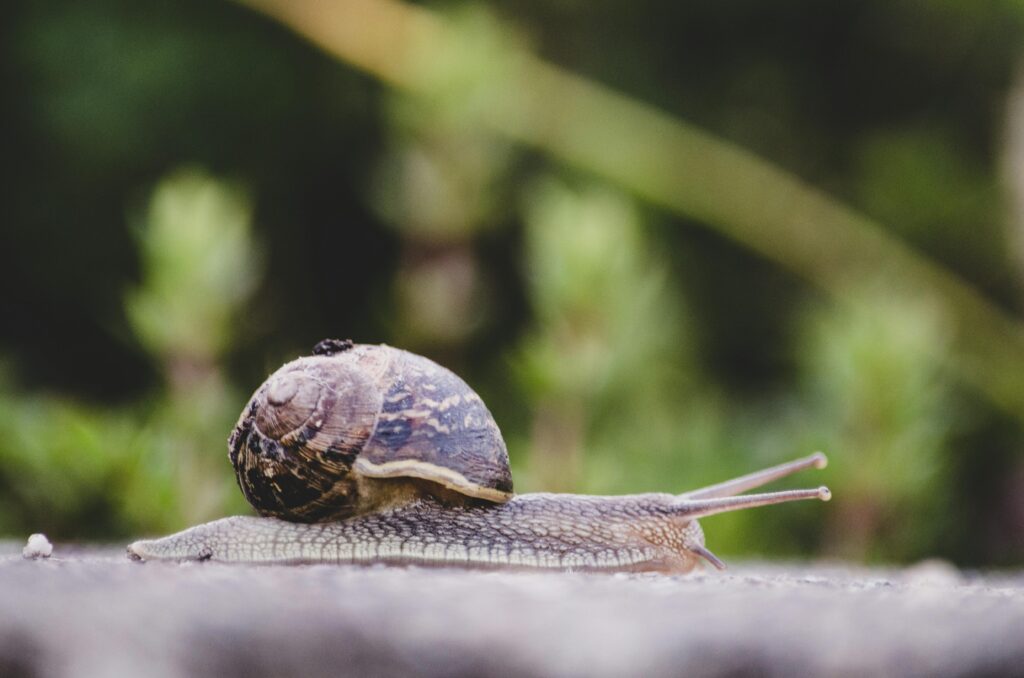
Slugs may look harmless but they can actually be quite dangerous to your cat. In fact, slugs can be a lot more deadly than you think. The main danger associated with slugs that cats could eat is a host of parasites and toxins that can be passed by the slug to your cat.
Parasite Dangers in Slugs
The most important danger with cat and slug interaction is the risk of transmission of a parasite. Lungworm — a parasitic infection which can be very serious for cats and is carried by slugs and snails.
The larvae of lungworm are shed via the slug slime and if the slug is consumed by the cat, the larvae can be ingested. Those larvae can then migrate through the cat’s lungs, resulting in irritation and respiratory disease.
Lungworm can be a life-threatening disease and cause symptoms including): coughing, shortness of breath, weight loss and lethargy. It can be deadly if it goes untreated.
Knowing where you’re most susceptible to catching the parasite is crucial—in dogplay regions where lungworm is more prevalent, the risk of catching it is high.
Toxins in Slugs
Some slugs secrete a toxin that is harmful to predators. This secretion acts as a deterrent to any animal that may attempt to eat it.
Not all slugs are intensely poisonous, and the varieties that you generally see in gardens will not create sickness, however some of the exclusive species can infer a chemical that will make cats vomit, or come down with diarrhea, or provoke if both greater intense signs.
Some species are more toxic than others and some slugs may also acquire poison from their surroundings, making them even deadlier.
Bacterial Infections
They can also carry dangerous bacteria, such as Salmonella and E. coli. If a cat eats a contaminated slug, there can be gastrointestinal disturbance, including, but not limited to, vomiting, diarrhea or fever. A bacterial infection can turn life-threatening if not treated urgently in few cases.
Other Potential Risks
While the primary worries about cats eating slugs relate to parasites, toxins and bacterial infection, there are additional risks posed by slug consumption, too – including stomach upset, liver failure and death. Other cats might just go ahead and get the runs from eating something they’re not accustomed to and doing so, become faintly ill or just bloated.
Signs That Your Cat May Have Eaten a Slug
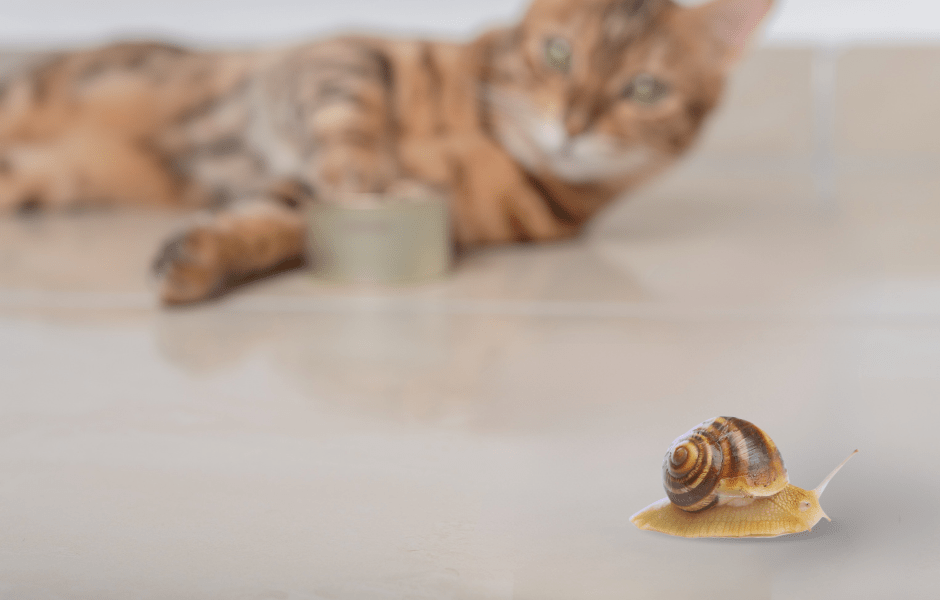
Signs of Possible Illness Given that slugs could potentially make your cat sick, you should know the signs of illness if you suspect your cat has eaten a slug. Depending on what type of contamination or infection the slug has caused, symptoms can include:
Gastrointestinal Symptoms
If your cat has ingested something toxic such as a slug then vomiting may be an early sign of illness. So, the body is just trying to get rid of toxins, parasites or bacteria and vomiting is a natural protective mechanism.
Passage of loose stools: Diarrhea is another indication that your cat is sick after eating a slug. If the slug has toxic chemicals or its goo, your gut may respond.
Loss of Appetite: Cats that are not feeling well usually do not eat. If your cat is not eating or drinking, it may be a sign that something is wrong.
Respiratory Issues
Cough: If a cat eats a slug with lungworm larvae, the larvae may cause coughing. This occurs due to the infection in the cat’s lungs.
Breathing Problems: Lungworm can cause inflammation in the lungs, so your cat may have a much harder time getting oxygen. If you feel your cat is having trouble breathing then you need to get them to a vet ASAP.
Lethargy and Weakness
A lethargic cat could have eaten a slug contaminated with this parasite. If a cat is more fatigued than usual, does not want to play, or is hesitant to walk, it could be a symptom of a bacterial infection or parasitic disease the slug has transmitted to the animals.
Behavioral Changes
But cats who are feeling sick might hide, not want you to touch them or be more skittish than normal. If these behaviors happen alongside a physical symptom, then get in touch with a vet.
How to Handle Your Cat Eating Slugs: A Step-by-Step Guide
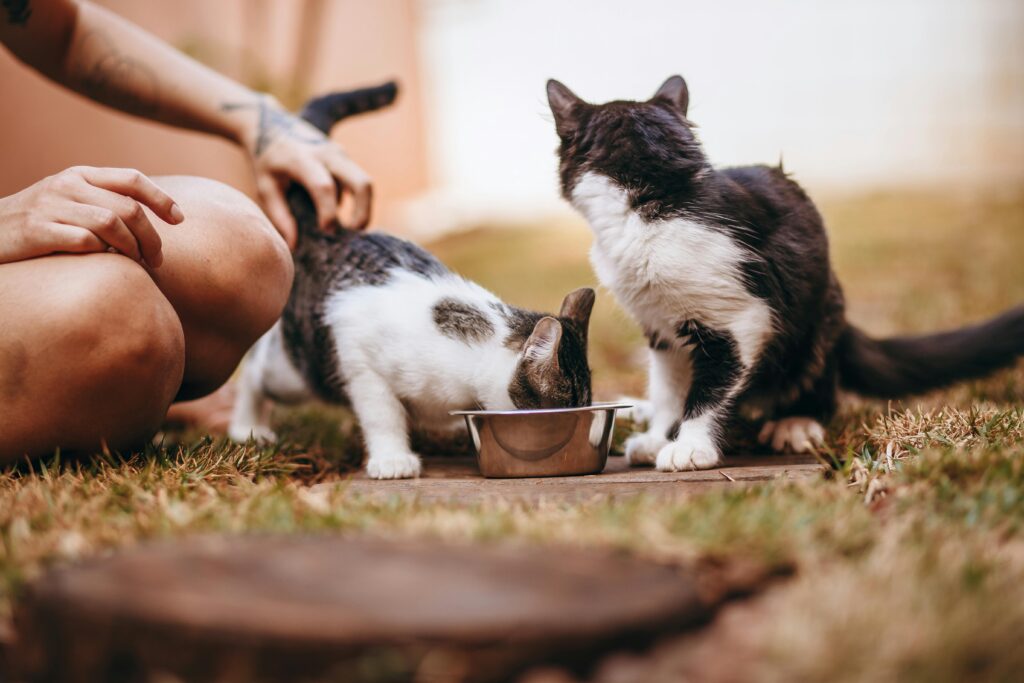
When you find that your cat has eaten a slug, you need to take immediate action. So follow these steps right now:
Observe Your Cat’s Behavior
Watch your cat for any signs of sickness. If your cat is getting sick (vomiting, diarrhea, coughing) it may have hurt your cat. If symptoms become more severe, or if the cat is lethargic or seeming unwell, we need a vet.
Contact Your Veterinarian
The most appropriate thing to do is to call your vet for advice. Consult a professional even if your cat does not show symptoms right now.
The vet will want information like when it was eaten, what kind of slug, and what symptoms your cat has. They might even suggest that you bring over your feline to be examined by them.
Prevent Further Exposure
If you can determine where your cat ate the slug (for example: in the garden or in some outdoor location), eliminate the slugs in the place.
You must also be careful to keep your cat inside or only allow outdoor time when in a controlled environment, so that they can be kept from any more exposure to slugs or another danger.
Provide Comfort
If your cat is throwing up or experiencing diarrhea, make sure that there is fresh water available for them to drink and keep hydrated.
The best you can do is keep them calm and in a quiet, safe area getting plenty of rest, with your eyes peeled for any signs of a worsening condition.
Where The Cat Are: Stop Cats From Chowin’ Down On Slugs And More Outdoor Cat Safety
The ideal solution to the risk of your cat eating slugs is to avoid the situation in the first place. If you want your cat to enjoy the outdoors but still keep them safe, follow these tips:
Supervise Outdoor Time
Before You Let Your Cat Outside For The Day, Supervise. Keep an eye on them so that they are not interacting with the wildlife, such as slugs, or other hazardous insects.
Taking your cat out for a supervised outdoor session also allows for more control in what your cat consumes.
Eliminate All Slugs from Your Garden
Try to eliminate the slug population in your garden. This entails taking out their nutrition sources like rotting plants and deterring them with pet-safe slug propellants.
Copper barriers are a natural slug deterrent that can be placed around garden beds, as well as diatomaceous earth.
Create an Outdoor Room
As a solution, if you would like to allow your cat to enjoy the outdoors, but want to minimise the chance of exposure to poisons (such as slugs and snails), you could try building a cat patio, otherwise known as a catio. This allows your feline to enjoy outdoors and fresh air while being protected from outside dangers.
Train Your Cat
Although a curious kitty may be hard to deter from visiting bed, you can train a cat not to enter specific rooms. You can use some scents that cats don’t like to put off from entering the garden or using harmless deterrent sprays.
Use Safe Alternatives — Satisfy Your Cat’s Curiosity, Without the Risk of Eating a Slug
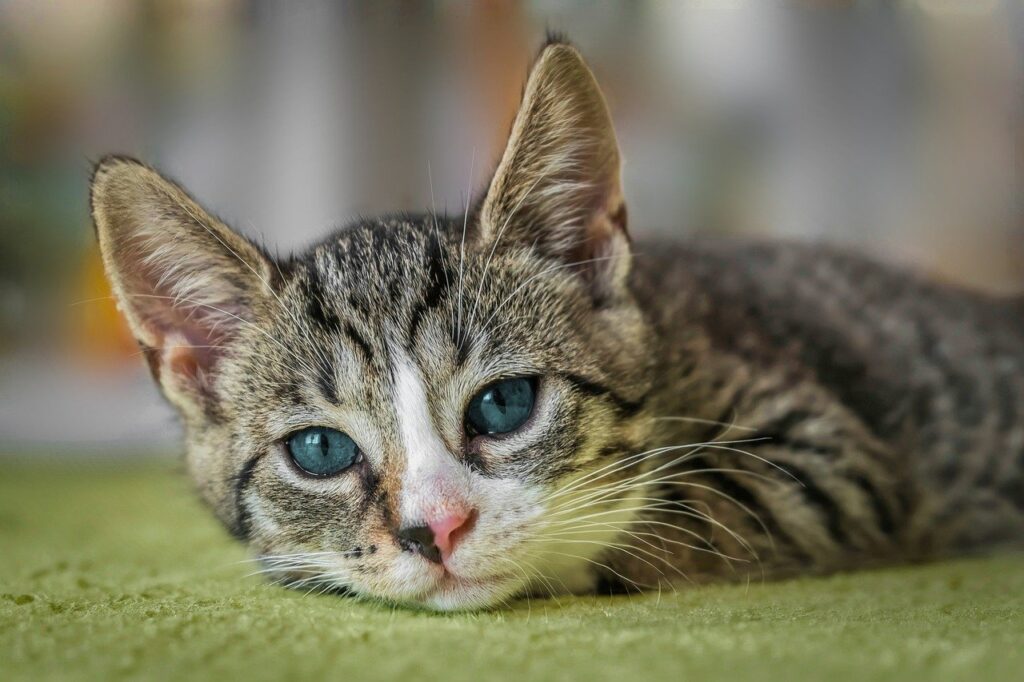
Cats are natural explorers, and may find themselves in jeopardy from time to time when indulging this behavior, so check out these safe alternatives to cats’ temptation-packed adventures that are definitely worth exploring.
Interactive Toys
Examples include puzzle feeders, laser pointers, and feather wands, all of which can provide a hunting-like game of sorts. They entice your feline into working those paws and keep them indoors (also, no litter costs).
Cat Grass
If your plant-chewing cat needs something green to munch on, give them a small patch of cat grass. Safe to eat, and helps their digestion.
Training and Enrichment
Offering mental stimulation is a great way to keep your cat entertained. Encourage safe “hunting” by using food puzzles or hiding treats throughout your home. It’s a great way to enrich their life but keep them away from harmful things such as slugs and other animals.
Confidently Allowing Slugs In Your Yard While Being Careful To Manage The Risks Of Cats Eating Slugs
You might not have thought there was a connection between cats and slugs but a munching feline and a slimy critter is a dangerous mix.
There are some dire consequences that can occur as a result of swallowing a slug, from lungworm to bacterial infections. With knowledge on the dangers, the symptoms of illness and ways to help keep your cat feisty and safe outside, you
can keep your cat out of harms way and your feline curiosity in check.
With close watching, caution, and secure choices to satisfy their requirements, you can maintain your pet cat sound as well as risk-free, safeguarding against an undesirable experience with slugs or various other yard threats.
But rest assured the best way to keep your furry companion healthy will always be to call your veterinarian in case of any doubts.
Yuns Legdm is a passionate advocate for pet care and the founder of this website, dedicated to providing valuable information for fellow pet lovers and veterinary professionals worldwide. With a deep love for animals, Yuns created this platform to connect passionate pet owners with expert insights from veterinarians around the globe.
This website grows with you—the passionate pet owners and veterinary experts—creating a trusted space where knowledge, experience, and love for animals come together. Whether you’re seeking advice on pet health, nutrition, or general well-being, this platform is here to support you on your journey of responsible and loving pet care.

